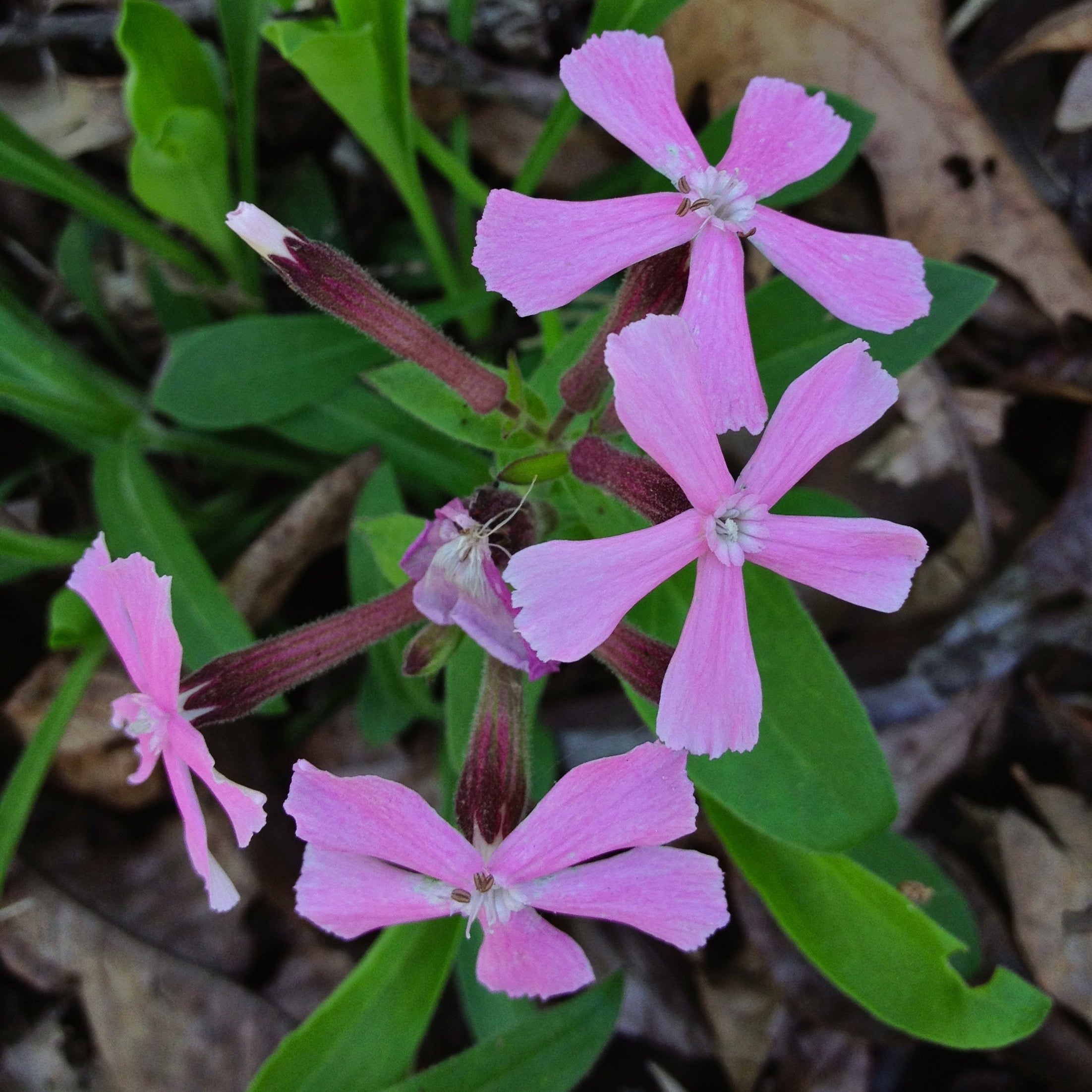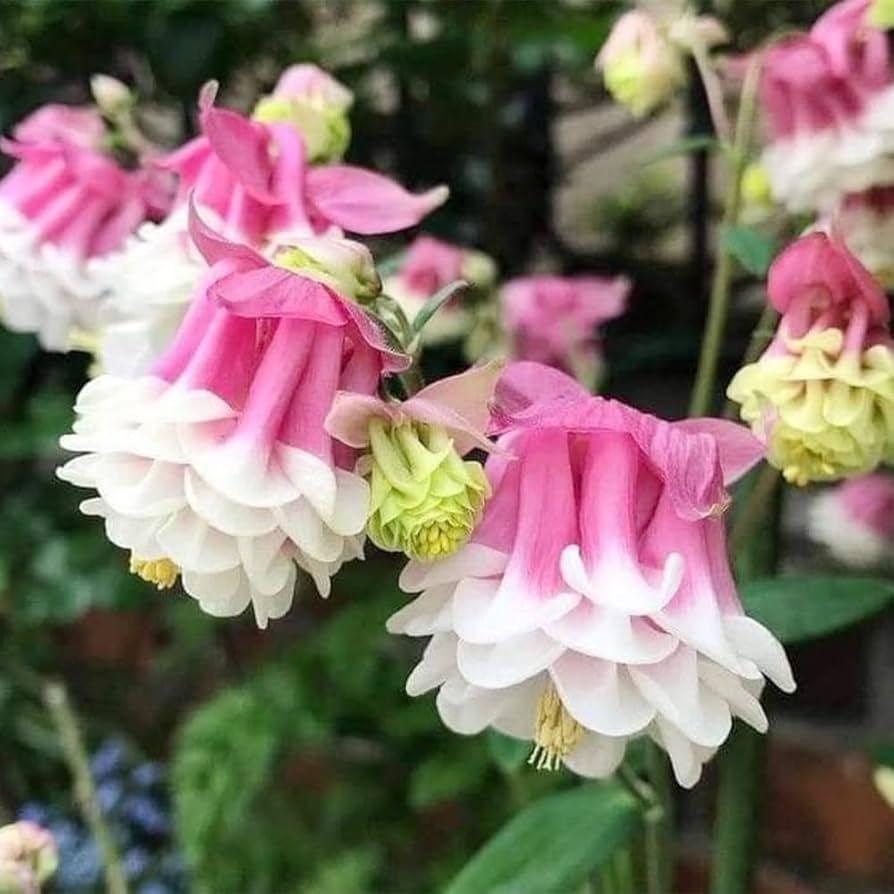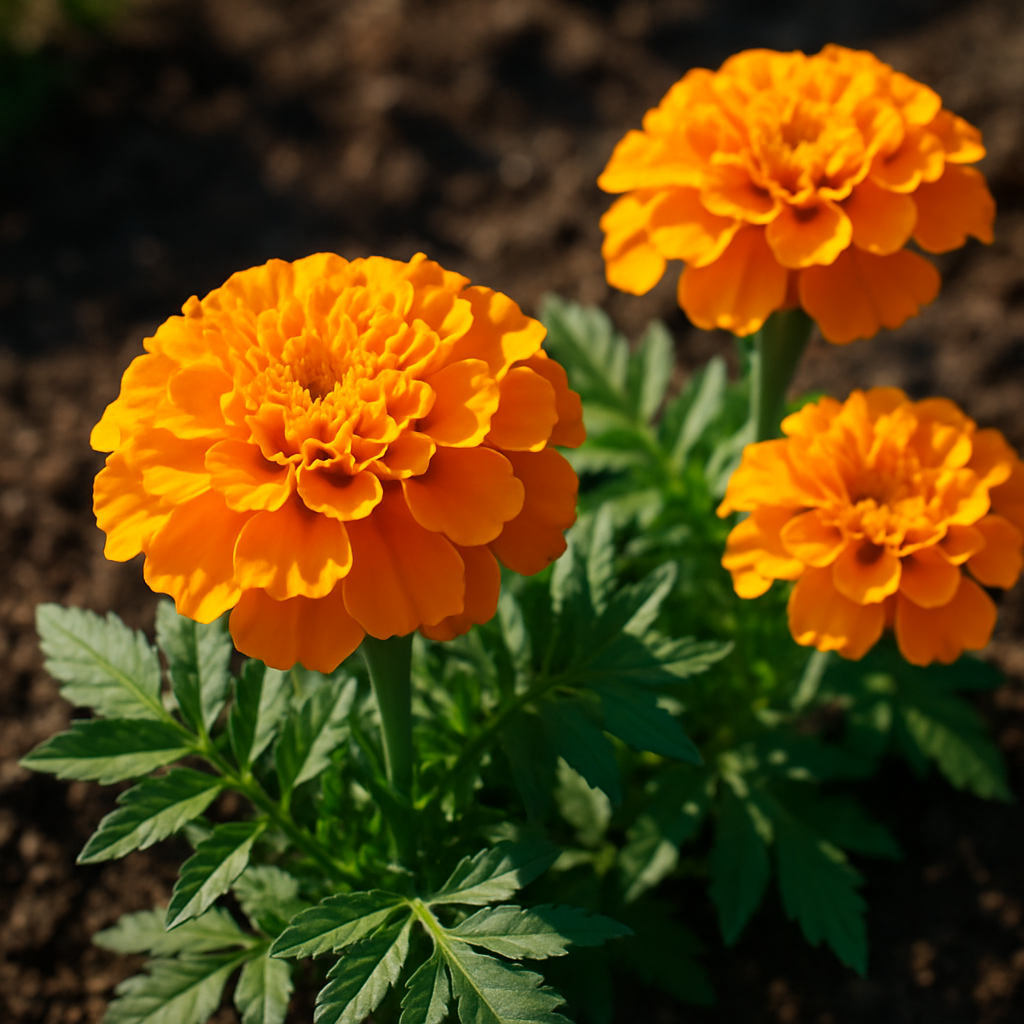Marigolds are among the most cheerful and low-maintenance flowers you can grow in your garden. Known for their vibrant hues of orange, yellow, and gold, marigolds not only beautify your garden but also serve as natural pest repellents and pollinator attractors. Whether you're a beginner or a seasoned gardener, this guide will walk you through everything you need to know about growing marigolds from seeds.

About Marigolds
Marigolds are annual flowering plants belonging to the Tagetes genus. Popular types include French marigolds (Tagetes patula), African marigolds (Tagetes erecta), and signet marigolds (Tagetes tenuifolia). They are known for their easy growth from seeds, long blooming period, and their ability to thrive in various climates.
Why Grow Marigolds from Seeds?
-
Easy and Fast Germination
Marigold seeds germinate quickly, usually within 5–7 days in warm soil. -
Cost-Effective Gardening
A single packet of marigold seeds can grow dozens of plants. -
Natural Pest Control
Marigolds repel nematodes, aphids, and whiteflies, making them excellent companion plants. -
Pollinator Friendly
Bees, butterflies, and beneficial insects are drawn to marigold blooms. -
Suitable for Containers or Beds
Marigolds do well in pots, borders, raised beds, and kitchen gardens.
When to Plant Marigold Seeds
The best time to sow marigold seeds depends on your local climate. Generally:
-
Tropical/Subtropical Climates: Early spring or post-monsoon
-
Temperate Climates: After the last frost in spring
-
Indoor Sowing: 4–6 weeks before the last expected frost
Where to Grow Marigolds
-
Sunlight: Full sun (at least 6–8 hours daily)
-
Soil Type: Well-draining, moderately fertile soil
-
pH Range: Neutral to slightly acidic (6.0–7.0)
-
Spacing:
-
French marigolds: 15–25 cm apart
-
African marigolds: 30–45 cm apart
-
Ideal for growing in:
-
Garden beds
-
Pots and containers
-
Balcony planters
-
Border edging around vegetable patches
How to Plant Marigold Seeds
1. Prepare the Soil
Loosen the soil and remove weeds. Add compost or well-rotted manure for added nutrition.
2. Sow the Seeds
-
Sow seeds 1/4 inch (0.5 cm) deep directly into the soil or in seed trays.
-
Cover lightly with soil and water gently.
3. Watering
Keep the soil consistently moist (not soggy) until germination occurs.
4. Transplanting
If started indoors, transplant seedlings outdoors once they have 2–3 sets of true leaves.
5. Spacing
Ensure proper spacing to allow air circulation and avoid fungal problems.
How to Care for Marigolds
-
Watering: Water deeply once or twice a week; avoid wetting foliage.
-
Fertilizing: Use a balanced liquid fertilizer once every 3–4 weeks.
-
Deadheading: Remove faded flowers regularly to promote continuous blooming.
-
Pest Management: Marigolds are naturally pest-resistant but watch out for spider mites or aphids in dry weather.
-
Mulching: Add mulch around the plants to retain soil moisture and control weeds.
Companion Plants for Marigolds
Marigolds pair well with:
-
Tomatoes
-
Chilies
-
Cucumbers
-
Squash
-
Herbs like basil and rosemary
They help protect these plants from harmful pests, making them a great choice for organic gardens.
Companion Plants for Marigolds
Marigolds pair well with:
-
Tomatoes
-
Chilies
-
Cucumbers
-
Squash
-
Herbs like basil and rosemary
They help protect these plants from harmful pests, making them a great choice for organic gardens.
Final Thoughts
Growing marigolds from seeds is one of the easiest and most rewarding ways to brighten your garden. With minimal effort, you’ll be rewarded with months of vibrant blooms and a healthier, pest-free garden. Whether you’re planting in containers or garden beds, marigolds offer beauty, functionality, and endless charm.
For premium-quality marigold and other flower seeds, visit PureAsiaSeeds.com.








